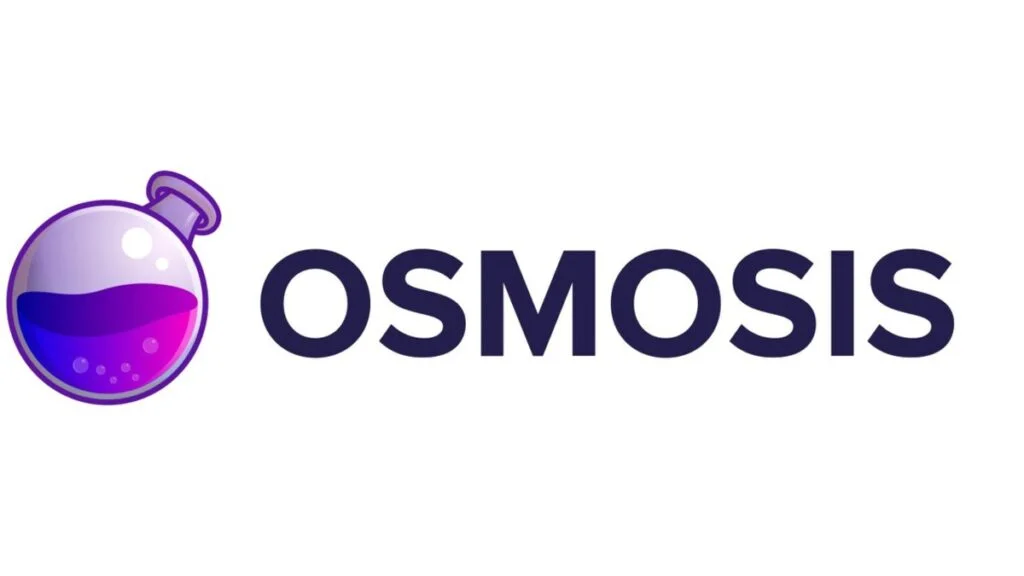Osmosis Labs announced that they have introduced a new feature called “concentrated liquidity” to the exchange.

This feature allows liquidity providers (LPs) to set a minimum and maximum price when buying or selling cryptocurrency.Osmosis is part of the Cosmos ecosystem, a network of interconnected blockchain networks using the Inter-Blockchain Communication (IBC) protocol and the Cosmos software development kit.
According to DefiLlama data, Osmosis is one of the network’s largest decentralized exchanges (DEXs), with a daily trading volume of around $120 million.
With the new concentrated liquidity function, LPs on Osmosis can specify their desired price range. They will not receive any payment if the price falls below their minimum or exceeds their maximum.
However, if the price is within their specified range, they will receive more compensation compared to not setting any minimum or maximum. The release states that concentrated liquidity will significantly increase capital efficiency, allowing pools to have less liquidity while still avoiding slippage for traders.
This improvement can boost capital efficiency by 100x to 300x. Concentrated liquidity was first introduced in Uniswap v3 and has since gained popularity in the Web3 community.
However, according to the Osmosis team, it has been relatively uncommon in the Cosmos community until now. Alpin Yukseloglu, a protocol engineer at Osmosis Labs, stated that their implementation of concentrated liquidity surpasses Uniswap’s initial version.
In the first implementation, LPs could only set minimums and maximums at specific price intervals, limiting user experience. Osmosis has increased the price intervals, allowing for more precise calibration of minimum and maximum values and reducing user frustration.
Yukseloglu also mentioned that Osmosis has plans to create a complete on-chain order book in the future. This feature is still in the implementation stage, and the team has no specific completion date.
The objective is to provide liquidity providers with more options and enhance the overall liquidity provision on Osmosis. As part of their transition to the Cosmos ecosystem, dYdX, a cryptocurrency futures exchange, is also working on developing an on-chain order book.
Sunny Aggarwal, co-founder of Osmosis, emphasized that Cosmos IBC is a secure method for protecting cross-chain bridges compared to other alternatives. He referred to it as “the safest bridging protocol in existence.” A serious flaw in IBC was discovered in October, but it was promptly fixed the following day.
